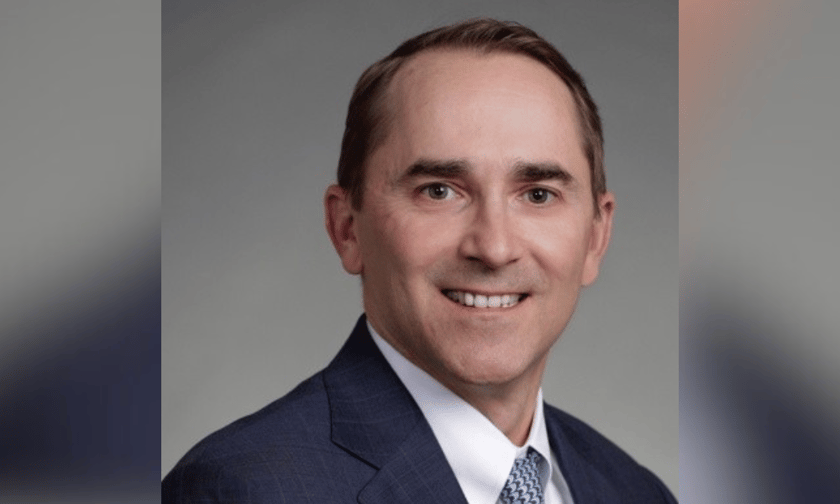

The construction industry faces several emerging risks in 2024, including supply chain disruptions reminiscent of those faced in 2020 due to geopolitical tensions in the Red Sea.
Combined with ongoing economic challenges, construction businesses should expect increased costs and plan meticulously to minimize project delays, an expert told Insurance Business.
“I would hazard to say almost every single project needs an extension of some sort,” said Thomas Grandmaison (pictured), construction chief client officer at WTW.
“It’s becoming next to impossible to do everything in the two or three years’ original projected period because of all the different risk factors.”
According to Grandmaison, the most significant risks construction clients face in 2024 are:
“There are roughly eight million construction workers and about 400,000 open jobs in the construction industry nationwide, and that’s growing,” Grandmaison said.
He added that the exodus of skilled laborers, particularly from the baby boomer generation, is exacerbating the shortage.
“It’s a massive challenge in the industry, and almost every client in the construction space, from large general contractors down to the specialty trades, is trying to figure this out and be as creative as they can to entice newer workers into the industry,” said Grandmaison.
Cyber is another massively impactful risk that everyone feels in the construction space. Ransomware and increasingly complex social engineering attacks occur daily, and construction companies are a significant target, according to the WTW leader.
However, it’s the return of supply chain strains reminiscent of the pandemic that is posing perhaps the most significant challenge for construction clients.
“While the supply chain has largely normalized to a great degree, I think everyone’s got their eyes on what’s happening in the Red Sea, the geopolitical issues occurring in that region, and the impact on shipping vessel routes,” Grandmaison said.
The Red Sea is a significant shipping route that’s used by roughly 10% of world trade by volume, according to the Atlantic Council.
The immediate consequences of prolonged shipping times and rising fuel expenses are only the tip of the iceberg; as disruptions persist, businesses will confront a multitude of challenges, including heightened insurance expenses, compromised ship security, and broader environmental, social, and governance (ESG) implications.
“The delays being caused will have knock-on impact [on enterprise risk management strategies],” Grandmaison told Insurance Business.
But the strain won’t be felt equally across the construction sector. Firms that need more specialized products or materials are more exposed to procurement challenges that could inevitably delay projects.
“I think most contractors today don’t think of the issue as supply chain, [but] more about procurement and schedule management,” said Grandmaison.
“They have tried to be more proactive and think things further ahead, planning as much as they possibly can.”
Project delays across the industry pose a notable challenge for insurance brokers, especially if construction clients can’t switch gears quickly.
“Underwriters want to close their books on project risk as quickly as possible after projects are completed. But if the project gets delayed a year or 18 months, there’s more risk to that policy. So, that creates a little bit of friction between broker and underwriter,” said Grandmaison.
“At WTW, we try to advocate as much as we can for clients, to get openness and creativity with underwriters to help us facilitate the coverage that our clients need on their policies.”
Proactivity in finding solutions is a key strategy for brokers and construction clients amid the evolving risk landscape.
“I think, by and large, most carriers want to try to work with the client and the broker to find an equitable solution,” he said.
“But I think in some cases, if [carriers’] portfolios are not performing well, from a loss experience standpoint, they might become less able or less willing to help us.
“You’ve got to make sure you do your homework. Make sure you’re contemplating everything that your client is bringing to the table and looking under every rock for every available area of support.”
Do you agree with Grandmaison’s perspective on the headwinds in the construction sector? Please share your thoughts below.
